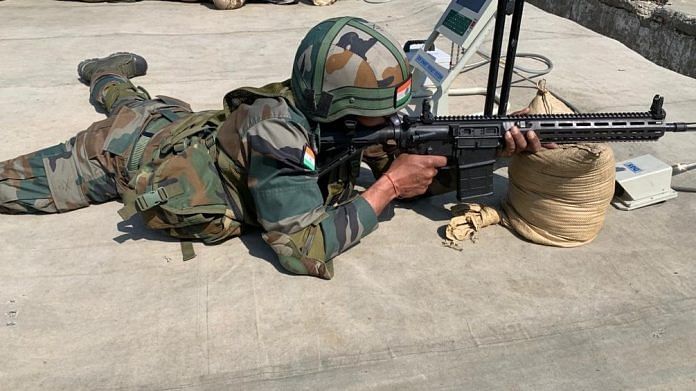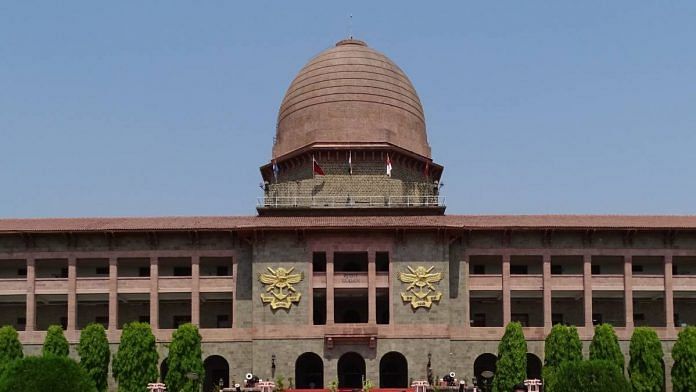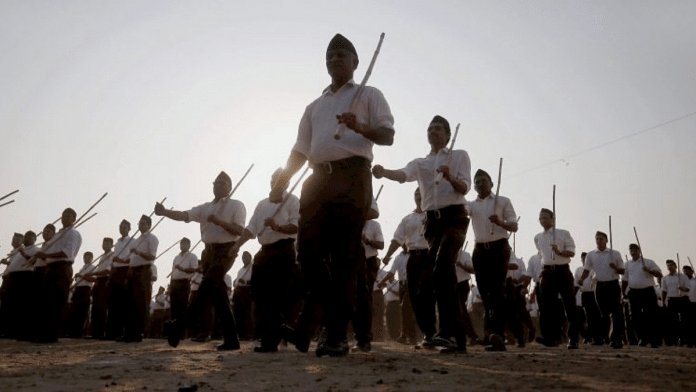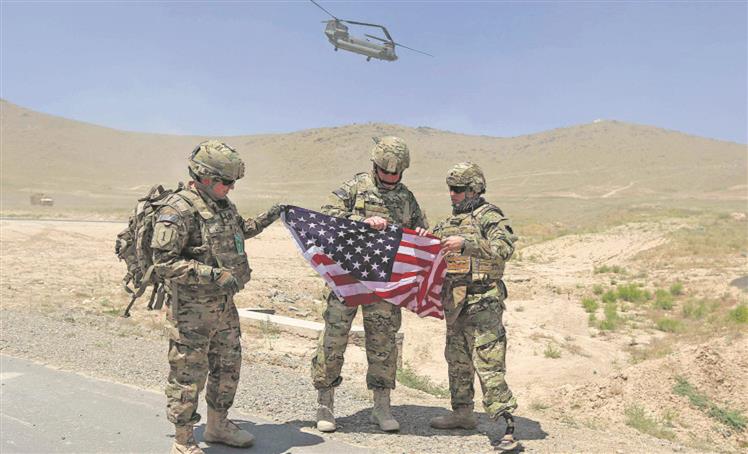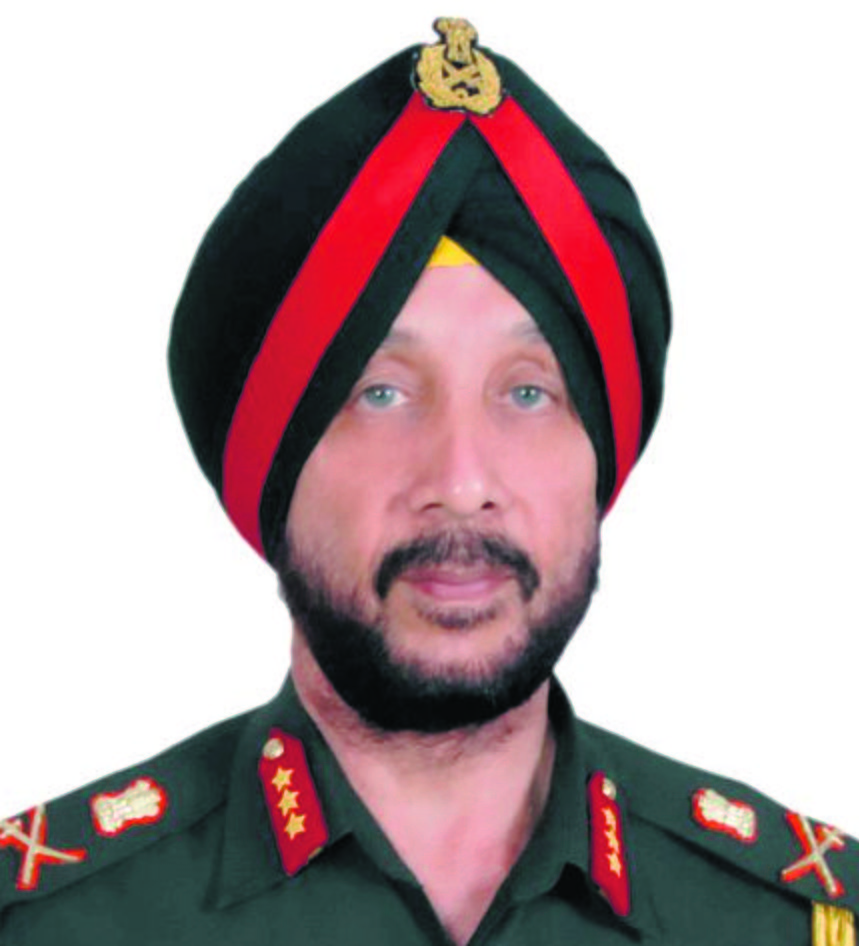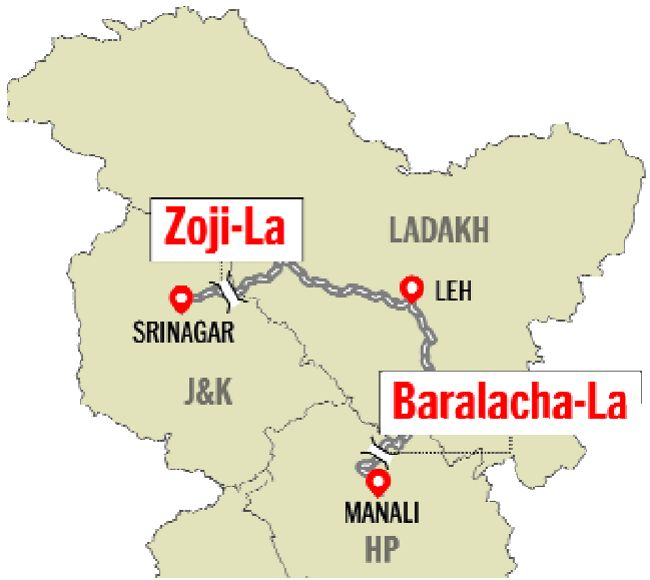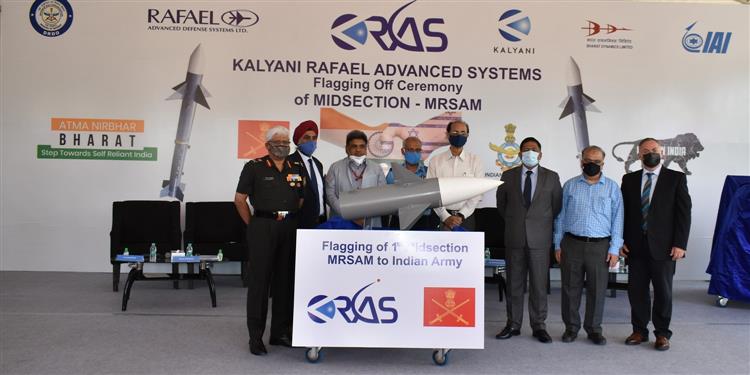Accounts for 7.7 per cent of Army’s manpower, though its share in national population is 2.3 per cent

hoto for representational purpose only. Reuters
Vijay Mohan
Tribune News Service
Chandigarh, March 15
Piping its neighbours, Punjab, often referred to as the sword army of the nation, has the second highest number of soldiers, other than officers, serving in the Army amongst all states and union territories in the country.
The strength of army personnel from Punjab is 89,088, according to information placed by the Ministry of Defence in Parliament today. This accounts for 7.7 per cent of the Army’s rank and file, even though its share of the national population is 2.3 per cent.
With 1,67,557 soldiers, Uttar Pradesh tops the list of states contributing manpower to the Army. While Uttar Pradesh, the nation’s most populous state, makes up 16.5 per cent of the country’s population, its share in the rank and file is 14.5 per cent. Maharashtra, with 87,835 soldiers occupies the third slot followed by Rajasthan, with 79,481 soldiers.
Among other states in the region, Haryana is sixth in the national tally while Jammu and Kashmir and Himachal Pradesh 11th and 12th position, respectively. The contribution of these states to the Army, however, is significantly more than their share of the national population.
The Ministry’s data shows that with 65,987 soldiers, Haryana accounts for 5.7 per cent of the rank and file where as its share of the national population is 2.09 per cent. Jammu and Kashmir, along with Ladakh, and Himachal Pradesh have 47,457 and 46,960 active duty soldiers, respectively. While they account for 1.01 per cent and 0.57 per cent of the national population, respectively, they make up 4.1 and 4 per cent of the army’s strength,
The Army currently has 11,51,726 soldiers on its rolls against the authorised strength of 12,29,559, facing a deficiency of 77,833 men in the ranks. As far as officers, other than those in the medical stream, are concerned, the present holding is 42,959 against the authorised 50,806.
Unlike the Air Force and the Navy, the Army does not maintain state-wise details of the number of officers on its strength. As far as the Air Force is concerned, Haryana has the second highest number of officers after Uttar Pradesh and the third highest number of airmen.
Incidentally, the number of doctors presently with the Army Medical Corps and the Army Dental Corps is 6,608, which is higher that the sanctioned strength of 5,736. The posted strength of Military Nursing Officers at present is 3,841 against the authorised number of 4,389.
The region has a strong martial heritage and a rich military history that dates back thousands of years, and is a witness to many wars and battles. Joining the armed forces is a tradition in many families and several generations have donned the uniform.
In the infantry, the largest component of the army, the Punjab Regiment, Dogra Regiment, Sikh Regiment, Sikh Light Infantry, Jammu and Kashmir Regiment, Jammu and Kashmir Rifles and Ladakh Scouts draw their manposer from this region. Soldiers from these states also make up a sizable chunk of other arms and services.
Vacancies in the rank and file are allotted to the state on the basis of their respective population. In case a state fails to fill up the allotted vacancies, these can then filled from, other states.























































